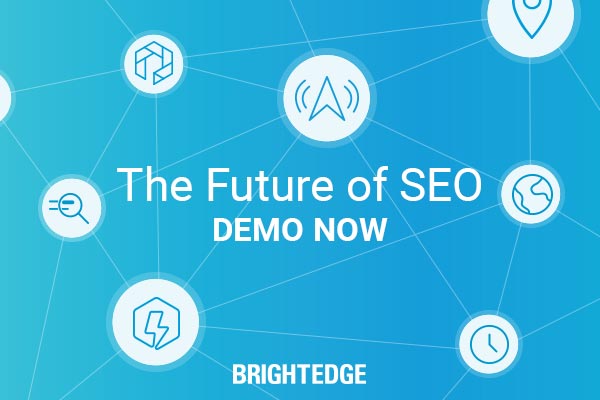Identify Personas and Deliver RTP
Seventy four percent of consumers feel increasingly frustrated when the content of a website they are visiting does not address their needs. The idea of a one-size-fits-all approach to website design and marketing has begun to come crashing down. Consumers now live in an age where they expect companies to provide them with the information they seek and they expect it quickly. Real-time personalization gives organizations the power to create that individualized experience for customers. This experience will be rooted in answering consumer questions and moving them through the sales funnel. Central to the success of this endeavor is the creation of personas and using those personas to guide the real-time personalization of the website.
How to build personas
Every customer who arrives on your website will be completely unique. They will have their own pain points that are driving them to action and personal goals that they strive for. Despite the differences, however, most companies quickly realize that many of their customers can be grouped together into categories known as ‘personas’. These personas describe ideal customers, including their likely motivations, goals, budgets, and backgrounds. Personas make it possible for companies to provide the real-time personalization that has become so important in the digital era. 
Building personas requires companies to have an intimate understanding of who exactly their customers are. It is worth noting that for many organizations, there is a difference between who the business believes heir customers to be and to whom they actually end up selling. Uncovering buyer personas requires organizations to take a close look at their current customers and compile research on their intended market. You should speak directly with your customers to learn about what motivated them to purchase and why they chose your company.
You can also use surveys, studies and other types of analytical information to understand who the customers are and what they seek. The information can then be compiled and used to develop the content and user experiences that customers desire when they arrive on the website. According to ITSMA, 85 percent of B2B marketers do not believe that they are using personas effectively, yet this step is critical to successfully engaging customers with real-time personalization.
- Create personas based upon genuine research - do not rely on assumptions, they are often inaccurate
- Make the personas feel like a real person - give them a name and even a photo
- Understand the persona’s pain points - knowing what motivates buyers is key to creating the user experience that will help them the most
- Focus on the people behind the persona and not the company they work for - even B2B professionals do not sell to a company, you are selling to a person
Once you have developed your personas, you can begin to create experiences for each potential customer when they visit your website.
Creating a real-time experience
The real-time personalization experience will ideally take place on several different levels. You can make your website adapt to the customer’s experience on a surface level by using features such as:
- geo-targeting - where your message, offers and information are particularly relevant to the location from which the visitor is accessing your site
- weather - particular industries, such as retail, may have success when they adapt their offerings according to the weather that the visitor is experiencing
- season/holidays - tailoring messages based upon the season and holidays that might be motivating customers
- channel – adjust messages based on what channel people arrive from, like organic search, paid search, PR article, direct response ad
Beyond these surface features, the site should respond to who the visitor is. As a customer interacts with a website, Big Data and machine learning can give the site a very clear picture of what the person seeks. Some of the information will be voluntarily offered, such as their name and that of their company, while other data can be gathered through website movements, such as the pages viewed and searches performed. There are a number of companies who can help companies track an individual’s movements on the website to develop personalized pages, including IBM. This information can then be combined with the profiles created for the personas to determine the type of content that will best speak to the user as they navigate the site.
A retail site might emphasize products that the user examined in the past or that are related to products they have purchased. A site emphasizing cleaning products might prominently display content about the benefits that speak best to this particular persona. The site should work to predict what the customer is looking for and help them easily find it.
The real-time personalization beyond the website
The real-time experience should extend to all the interactions the person has with the brand. This includes emails that are triggered by certain actions on the website. By using the information gleaned from website interactions and forms that the user has filled out, emails sent to the page visitors should use segmentation and relevant content to speak to the customer needs. Emails should automatically fill in key personal information, such as the person’s name and company name. The content of the email should focus on providing information that is useful for the person based upon their buyer persona and their action on the website. A first time user who is a major decision maker at their company, but has only read a few blog posts, will not likely respond to an email detailing pricing plans.
Providing page visitors with a personalized experience creates happy customers and higher conversion rates. When organizations take the time to produce individualized content, they see between a 19 percent and 21 percent increase in sales. Taking the time to leverage powerful buyer personas and creating an ideal buying experience for site visitors can help companies boost the bottom line and interact more efficiently with their customers.
